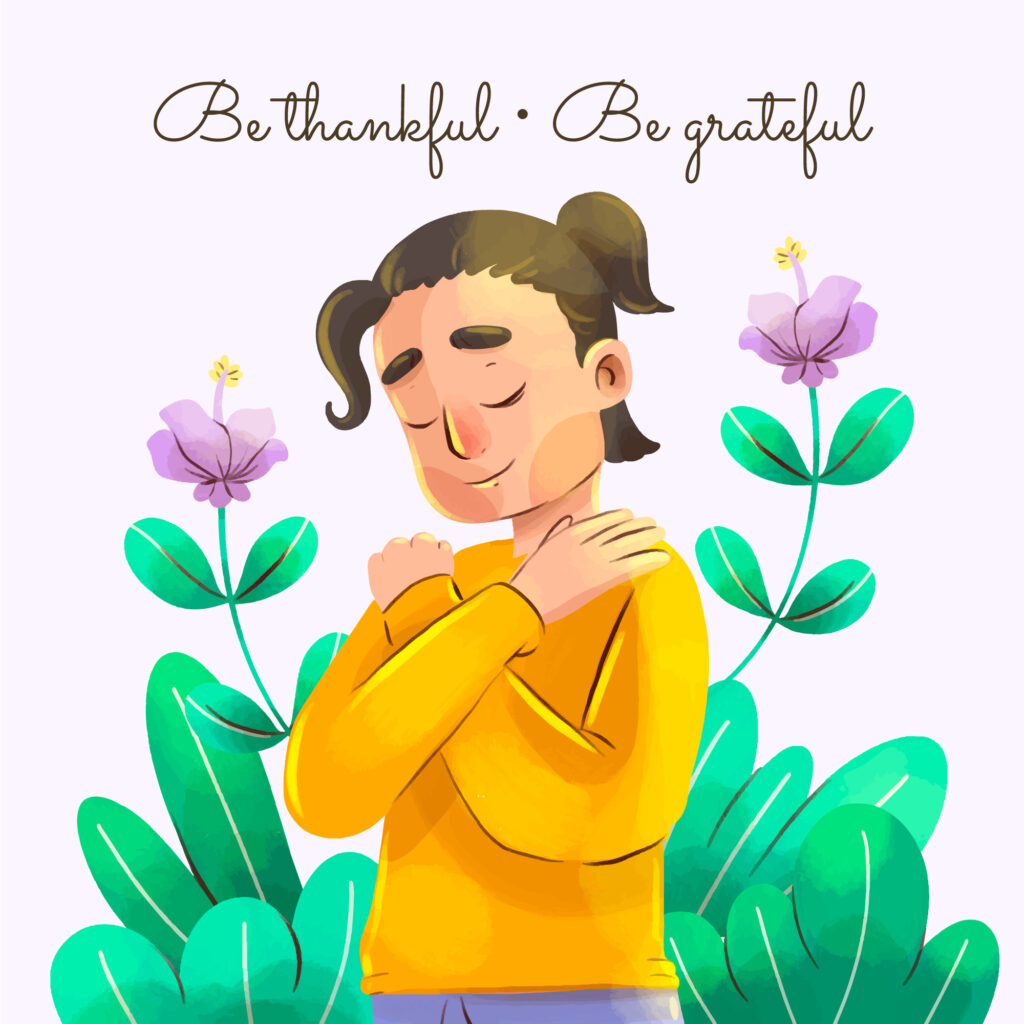Ho’oponopono is a traditional Hawaiian practice of reconciliation and forgiveness. The word itself means “to make right” or “to correct an error,” and it is centered around healing relationships and resolving conflicts, whether they be internal or external.
At its core, Ho’oponopono involves taking responsibility for one’s actions and thoughts, and the practice encourages individuals to reflect on their own part in any issues or disharmony they might experience. It is often used for personal healing, relationship repair, or even to address broader emotional and spiritual concerns.
A common modern interpretation of Ho’oponopono involves repeating a series of four key phrases:
- “I’m sorry.” – Taking responsibility for any harm or misalignment caused, even if indirectly.
- “Please forgive me.” – Asking for forgiveness, acknowledging the emotional or mental burden that needs to be healed.
- “Thank you.” – Expressing gratitude for the process of healing and release of negativity.
- “I love you.” – A gesture of unconditional love and acceptance, towards oneself or others.
These phrases are used to clear the mind and spirit of negative emotions and to foster peace and understanding. The practice is often seen as a way to align oneself with love, compassion, and positive intentions, helping to restore balance and harmony in one’s life.
Ho’oponopono: A Practice of Healing and Reconciliation
Ho’oponopono is a profound and ancient Hawaiian practice centered around the principles of forgiveness, personal responsibility, and healing. The term “Ho’oponopono” roughly translates to “to make right” or “to correct an error,” and it embodies the idea of restoring balance and harmony in relationships, both with oneself and others. At its core, it is about releasing negativity, letting go of past grievances, and healing the emotional wounds that can accumulate throughout life.
This practice is deeply rooted in Hawaiian culture and was traditionally used by families and communities to resolve conflicts and restore peace. The process involves several stages of introspection, apology, forgiveness, gratitude, and love. While Ho’oponopono has evolved over time, modern interpretations of the practice often focus on a more individual, introspective approach.
Historical Context of Ho’oponopono
In ancient Hawaiian society, Ho’oponopono was a communal practice used to resolve disputes, repair relationships, and restore emotional equilibrium within families or groups. Traditionally, a trained elder or spiritual leader, known as a kahuna, would guide individuals or groups through the process of reconciliation. The kahuna would facilitate a conversation between those involved in the conflict, allowing each person to express their grievances, release negative emotions, and work toward mutual understanding. This practice helped heal not only personal relationships but also the broader social fabric.
The word itself is a combination of two Hawaiian terms: “ho’o” meaning “to make” or “to cause,” and “ponopono” meaning “right” or “correct.” So, Ho’oponopono translates literally as “to make right” or “to bring balance and harmony.” The idea is to restore a sense of peace and unity between individuals, recognizing that unresolved conflicts and negative emotions often stem from a lack of understanding or forgiveness.
The Modern Interpretation of Ho’oponopono
In contemporary times, Ho’oponopono has been adapted to focus more on personal healing and self-responsibility, moving beyond its original communal structure. The modern interpretation, popularized by figures such as Dr. Ihaleakala Hew Len, emphasizes personal healing through the acknowledgment of one’s role in creating and perpetuating suffering. It encourages individuals to look inward and take responsibility for the negative emotions or situations they encounter in life, whether directly or indirectly.
One of the most transformative aspects of modern Ho’oponopono is the recognition that our external reality is deeply influenced by our internal world. According to this practice, when we experience anger, resentment, or fear toward others, these feelings are not only affecting our relationships with those people but also affecting our mental and emotional state. Ho’oponopono teaches that by addressing and healing the inner turmoil within ourselves, we can begin to heal the external conflicts that arise.
The Four Key Phrases of Ho’oponopono
In its modern form, the Ho’oponopono practice often involves the repetition of four key phrases. These phrases are designed to facilitate healing, encourage self-responsibility, and restore inner peace. They are:
- “I’m sorry.”
- This phrase represents an acknowledgment of personal responsibility. It is an admission that we may have contributed, either consciously or unconsciously, to the creation of a conflict, a misunderstanding, or any form of negativity. It’s not about self-blame but about owning the fact that our perceptions, actions, and thoughts influence the situations we find ourselves in.
- “Please forgive me.”
- This is an invitation for forgiveness, both from others and from ourselves. It is an acknowledgment that forgiveness is a process of letting go of pain, resentment, and past mistakes. This phrase is a request for healing, both for the person saying it and the person they may have harmed.
- “Thank you.”
- Gratitude plays an essential role in Ho’oponopono. Saying “thank you” is an expression of appreciation for the process of healing and reconciliation. It acknowledges the positive energy that is being generated through the practice and expresses deep gratitude for the lessons learned through hardship. Gratitude shifts our mindset from one of scarcity to one of abundance and helps us reconnect with love and peace.
- “I love you.”
- Love is the most powerful force in Ho’oponopono, and the phrase “I love you” is a powerful affirmation. It is an expression of unconditional love, both for oneself and others. It helps to heal the heart and opens the individual to the divine energy of love that can dissolve all negativity. It emphasizes that love transcends all emotional wounds, misunderstandings, and conflicts.
These four phrases work together as a powerful tool for self-healing and conflict resolution. They help to clear the mind and spirit, releasing negative emotions such as anger, guilt, fear, and shame. Through their repetition, the practitioner is reminded to take responsibility for their thoughts and actions, to forgive themselves and others, to express gratitude, and to reconnect with the fundamental truth of love.
The Role of Responsibility in Ho’oponopono
One of the central teachings of Ho’oponopono is the importance of personal responsibility. Unlike many other approaches to conflict resolution, Ho’oponopono does not focus on blaming others or external circumstances. Instead, it encourages individuals to reflect on their own role in creating and perpetuating negativity. The practice teaches that everything in our external reality is a reflection of our inner thoughts, feelings, and beliefs. When we hold on to negative emotions or harbor unresolved grudges, we are essentially allowing these negative energies to shape our experiences and relationships.
Taking personal responsibility means recognizing that we have the power to change our reactions, attitudes, and perceptions. It means that rather than waiting for others to change or for external circumstances to improve, we have the ability to transform our own state of being. By doing so, we can begin to influence the world around us in a positive way, healing relationships, and restoring peace in our lives.
The Concept of Self-Love and Healing
At the heart of Ho’oponopono lies the practice of self-love. Ho’oponopono teaches that in order to heal our relationships with others, we must first heal our relationship with ourselves. Self-love is not about ego or selfishness; it is about recognizing our inherent worth and treating ourselves with kindness and compassion. When we love ourselves unconditionally, we are better able to extend that love to others.
Healing the self is an ongoing process. Ho’oponopono invites individuals to engage in continual self-reflection, allowing them to release old patterns of thinking and behavior that no longer serve them. The repetition of the key phrases acts as a cleansing process, helping to clear emotional blockages and align the individual with their highest, most loving self.
Ho’oponopono in Everyday Life
While traditionally used for resolving conflicts, Ho’oponopono can be applied to various aspects of daily life. It can be used to heal past traumas, overcome feelings of guilt or shame, improve relationships with family and friends, and foster inner peace. It can be practiced silently or aloud, in private or as part of a ritual, and it can be adapted to suit the needs of the individual.
For example, if someone is holding onto anger or resentment toward a family member, they could use the four phrases as a tool to release those emotions. By saying “I’m sorry,” they take responsibility for their own feelings; by saying “Please forgive me,” they open themselves up to forgiveness; “Thank you” expresses gratitude for the healing process, and “I love you” reconnects them with a sense of love and peace.
Ho’oponopono is a practice that emphasizes forgiveness, personal responsibility, and self-love. It is a powerful tool for emotional healing and conflict resolution, rooted in the belief that when we clear our negative thoughts and emotions, we can experience peace and harmony in our lives. By applying the principles of Ho’oponopono—acknowledging responsibility, asking for forgiveness, expressing gratitude, and reconnecting with love—we can transform our relationships with ourselves and others, bringing balance and healing to every aspect of our lives.



